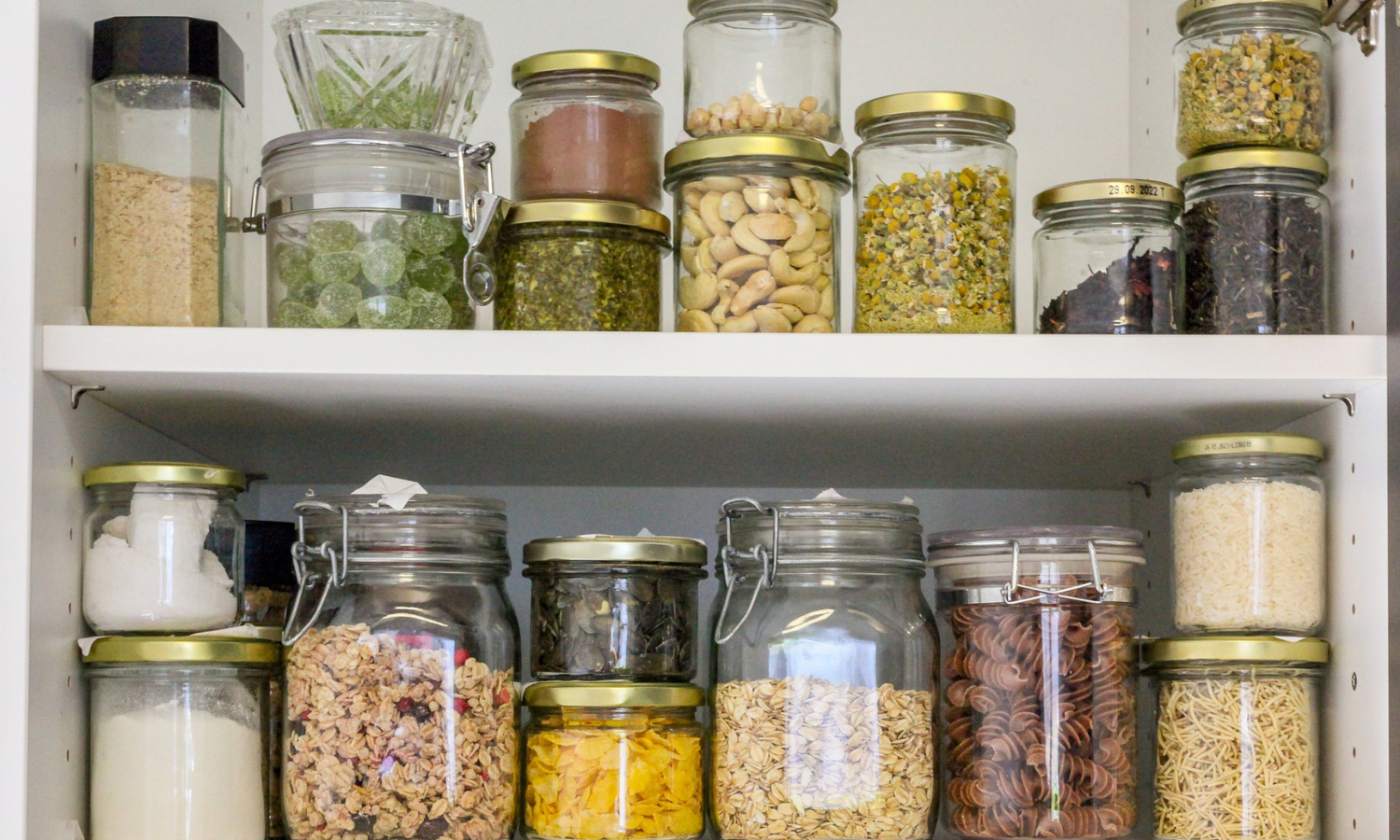Pantry moths are an all-too-common nuisance in households, fluttering unexpectedly from opened cabinets and stored food. Unlike other pests that may infiltrate spaces due to unsanitary conditions, pantry moths can invade even the most meticulously clean kitchens. Their presence raises immediate concerns: Are they merely annoying, or do they pose a health risk?
This article explores the potential for disease transmission by pantry moths, providing clarity on what their presence means for the safety of your food and health.
What are pantry moths?
Pantry moths, also known as Indianmeal moths, are small insects typically grayish-brown, with flecks of brown, tan or gray colors. They are known for their zig-zag flying pattern and measure about ½ inch in length. These moths are notorious for infesting dry goods commonly found in kitchens, such as flour, cereal, rice, nuts, dried fruits, pet foods and birdseed.

Identifying a pantry moth infestation:
Noticing adult moths fluttering in your pantry is often the first sign of an infestation. To confirm, inspect your dried pantry goods for these indicators:
- Moth activity: Look for moths hiding in corners, resting on food packages or flying around.
- Webbing and clumps: Check for web-like material in food products, a sign of larvae.
- Active larvae: Tiny, grub-like insects that may be moving in or around food items.
- Damage to packaging: Small holes in bags or boxes can indicate entry points made by larvae.
- Residue and fecal matter: Look for fine dust or small brown specks near food items.
For more detailed information on identifying and managing pantry moth infestations, including step-by-step prevention and eradication strategies, see our comprehensive guide: 8 ways to outsmart pantry moths: Eggs, larvae and future prevention.
Do pantry moths carry diseases?
Worries about the health risks of pantry moths in your food are understandable, but here’s some reassuring news: pantry moths, including their larvae, eggs, and webbing, are not known to cause disease in humans. Unlike other household pests such as cockroaches and flies, pantry moths do not carry pathogens that can make you sick.
Health impacts and nutritional accidents:
- Non-toxic: Pantry moths and their byproducts are not poisonous. They do not produce toxins, making accidental ingestion largely harmless.
- Protein source: Surprisingly, like many insects, pantry moths can provide a small amount of protein if consumed, though this is not generally recommended as a dietary source!
- Contamination concerns: While pantry moths do not transmit diseases, they can contaminate food with their feces, exoskeletons and webbing. This contamination does not typically affect the taste or safety of the food but can be unappetizing and lead to food waste.
- Bacterial growth: Any organic matter, including moth casings left in food for extended periods, can potentially foster bacterial growth. This is more a matter of poor food storage practices than a direct result of the moths' presence.
How do I get rid of pantry moths?

To get rid of moths from your pantry, follow these streamlined steps:
-
Set traps: Utilize Dr. Killigan’s Premium Moth Traps® to capture adult male moths and halt the breeding cycle. These traps are crucial for controlling the moth population in your home.
-
Purge and clean: Remove all affected products from your pantry to eliminate sources of infestation. Thoroughly clean your pantry, focusing on corners and hidden areas where moths and larvae might reside. This helps prevent further contamination of your food supplies.
- Monitor and maintain: Regularly check the traps for new moth activity and maintain cleanliness in storage areas. Consistent monitoring helps you catch new infestations early and reduces the chance of contaminated food.
For additional resources and detailed steps on preventing and managing pantry moth infestations, consider exploring these articles:
- Beyong breadcrumbs: 7 unexpected places you might find pantry moths (and how to keep them out)
- What do pantry moths eat?
- Pantry moths vs. clothing moths
Dr. Killigan’s Guarantee: Our products, including the Premium Moth Traps, are 100% non-toxic and safe for use around children and pets. We stand behind our promise of effective pest control with style and offer a 100% satisfaction guarantee. If you are not satisfied for any reason, we are committed to making it right.





















